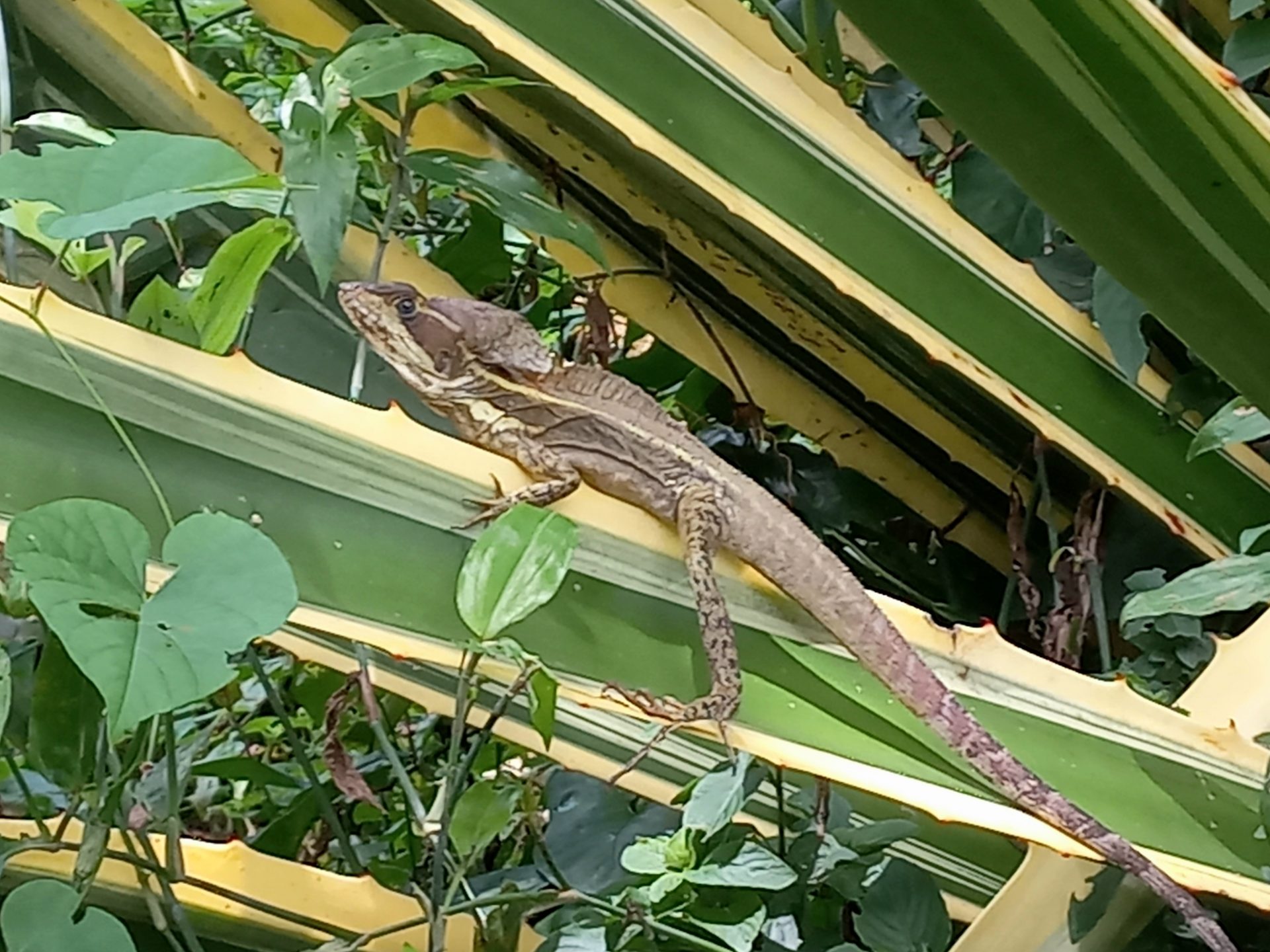The brown basilisk, scientifically known as Basiliscus vittatus, is a fascinating lizard species native to Belize, a country in Central America known for its rich biodiversity. Commonly referred to as the “Jesus Christ lizard” due to its remarkable ability to run on water, the brown basilisk is a member of the family Corytophanidae.
Description: The brown basilisk is a medium-sized lizard with a distinctive appearance. Adults typically reach lengths of 14 to 18 inches (35 to 45 cm), and their bodies are characterized by a slender build. The coloration of their skin ranges from shades of brown to green, providing effective camouflage in their natural habitats. A prominent feature of the brown basilisk is its long tail, which aids in balance and navigation.
Habitat: Brown basilisks are primarily found in tropical rainforests, savannas, and near freshwater sources such as rivers, streams, and ponds. Belize’s diverse ecosystems, including its lush rainforests and water-rich environments, offer an ideal habitat for these lizards.
Behavior: One of the most notable behaviors of the brown basilisk is its ability to run on the surface of water. This adaptation allows them to escape predators by sprinting across ponds and streams. They achieve this feat by using their specialized hind limbs, which have fringed toes that create pockets of air, increasing buoyancy. When fleeing from danger, the lizard propels itself forward, creating the appearance of walking on water.
Diet: Brown basilisks are primarily insectivores, feeding on a diet that includes various insects, spiders, and other small invertebrates. Their keen eyesight and quick reflexes make them efficient hunters in their natural environment.
Reproduction: During the breeding season, female brown basilisks lay eggs in concealed nests. Clutches typically consist of 3 to 18 eggs, and the incubation period lasts several weeks. After hatching, the young lizards are independent and equipped with the skills needed for survival.
Observing the brown basilisk in its natural habitat in Belize provides a unique opportunity to witness the remarkable adaptations and behaviors that make this lizard species a captivating part of the region’s biodiversity.





